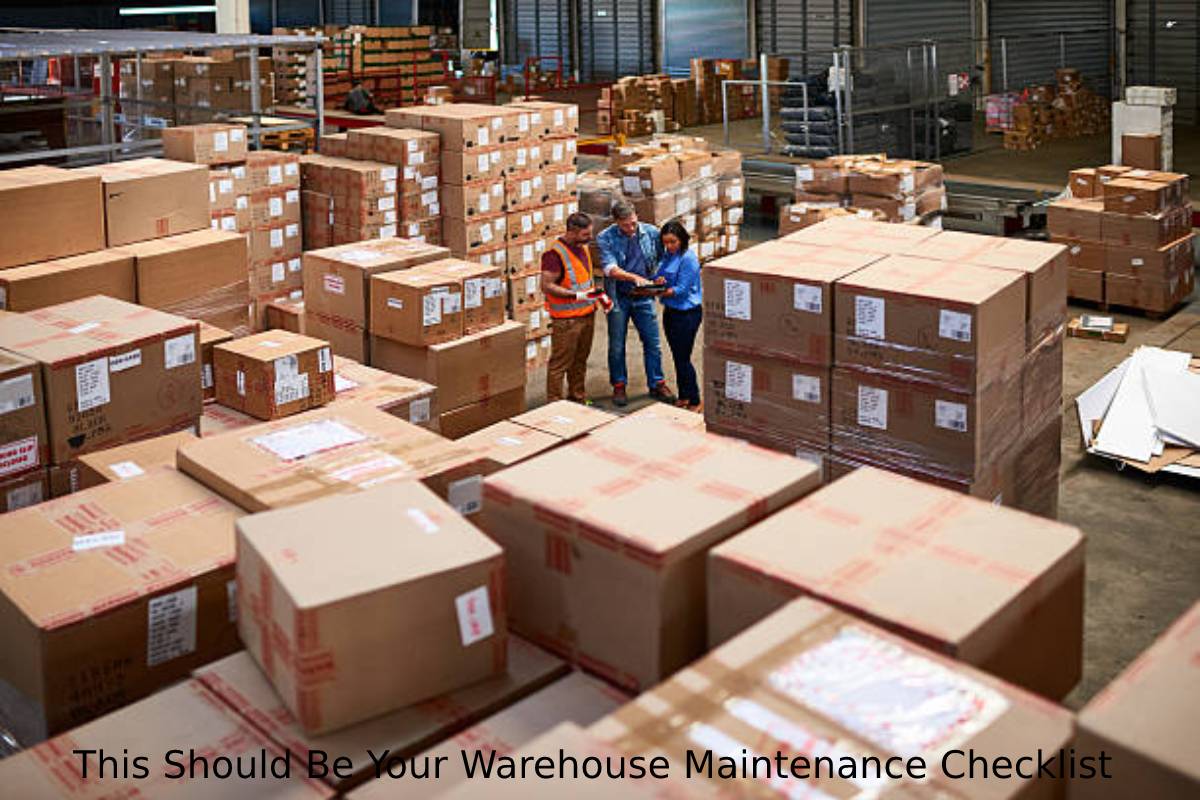Your warehouse may not receive the bulk of your attention as a business owner, but it affects every single interaction you have with your customers, and an unsafe environment can have adverse consequences for them as well as for your workers. Because of this, a strict warehouse maintenance checklist must be constantly used and updated. This saves your organization not only repair and injury costs but it also increases efficiency and lowers man-hours, saving you money on every front.
It’s easier to approach warehouse safety and maintenance from two directions:
Table of Contents
1. Preventive Maintenance
This is the fine art of fixing something before it breaks down. It pays to identify things that could go wrong and head them off before they do. It’s a different way of thinking, and it requires training your workforce to care for and identify stressors on your line—in fact, some large companies prefer to have separate teams dedicated to preventative maintenance.
But comprehensively training your entire staff has the benefit of increasing your team’s productivity, which has a knock-on effect on profitability because your team will know when to act and carry out the preventive maintenance plan you have chosen efficiently, and stop things from breaking, thus causing costly delays and increased man hours.
2. Planned Maintenance
Make sure you plan regular maintenance on your systems and rigidly stick to that plan. You’ll find yourself paying a higher and higher cost the longer you put it off. A good plan accounts for the things that can go wrong in your warehouse and has strategies for correcting those events—everything from running out of packing tape to replacing your conveyor system by using fluentconveyors.com. The very best preventive maintenance system is planned maintenance that is executed when everything runs smoothly but also has contingencies for emergencies and when things don’t go according to plan.
A planned maintenance system allows you to anticipate events instead of reacting to them and ensures that your management knows what to do at all times. Planned maintenance means that your a preventive maintenance checklist and schedule is in use at all times. It will also ensure that your stock and product line have a long life, and that your warehouse remains a safe place.
A Good Warehouse Maintenance Checklist
Compare this list with yours to make sure that the following items and areas are covered:
- Equipment and machinery in good working condition
- Intact and complete safety gear, adequate for your entire staff
- Clear emergency labels for the fire exit, toxic areas, and danger zones
- Clear labels on the goods for fragile, flammable, and toxic items
- Conduction of safety and fire drills
- Regularly update protocols and operational authorizations for machines
- Monthly evaluate of the warehouse and how the preventive maintenance plan is running
- Goods are organized neatly in boxes or piled on pallets in a safe manner
- Clear and unobstructed loading/unloading areas, aisles, stairways, and ramps
- Electrical wiring and lighting in safe and working condition
- Proper ventilation system
- Pest control in the warehouse
- Regularly updated floor plan
- Warehouse Management System software is regularly updated
There are only benefits to making sure your warehouse is running at peak efficiency that the environment is clean, your staff are happy, and your equipment is well-maintained.



